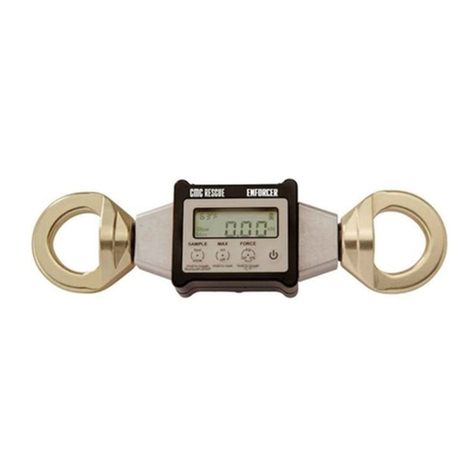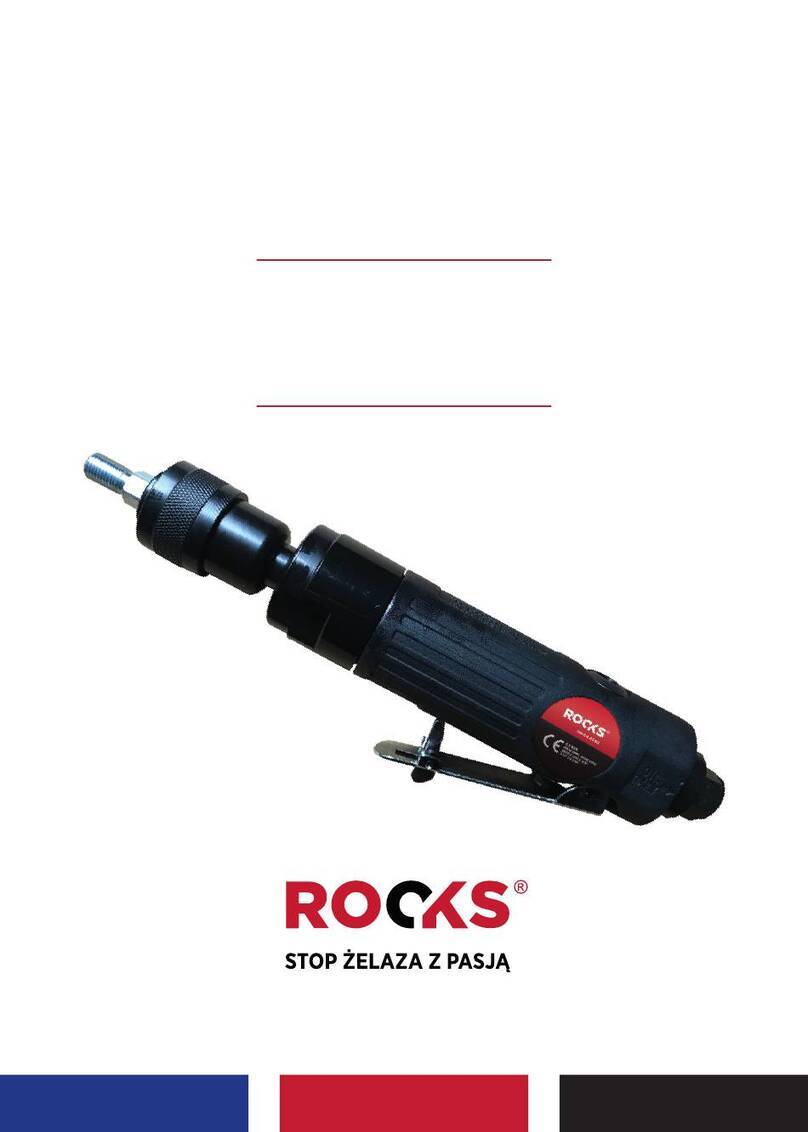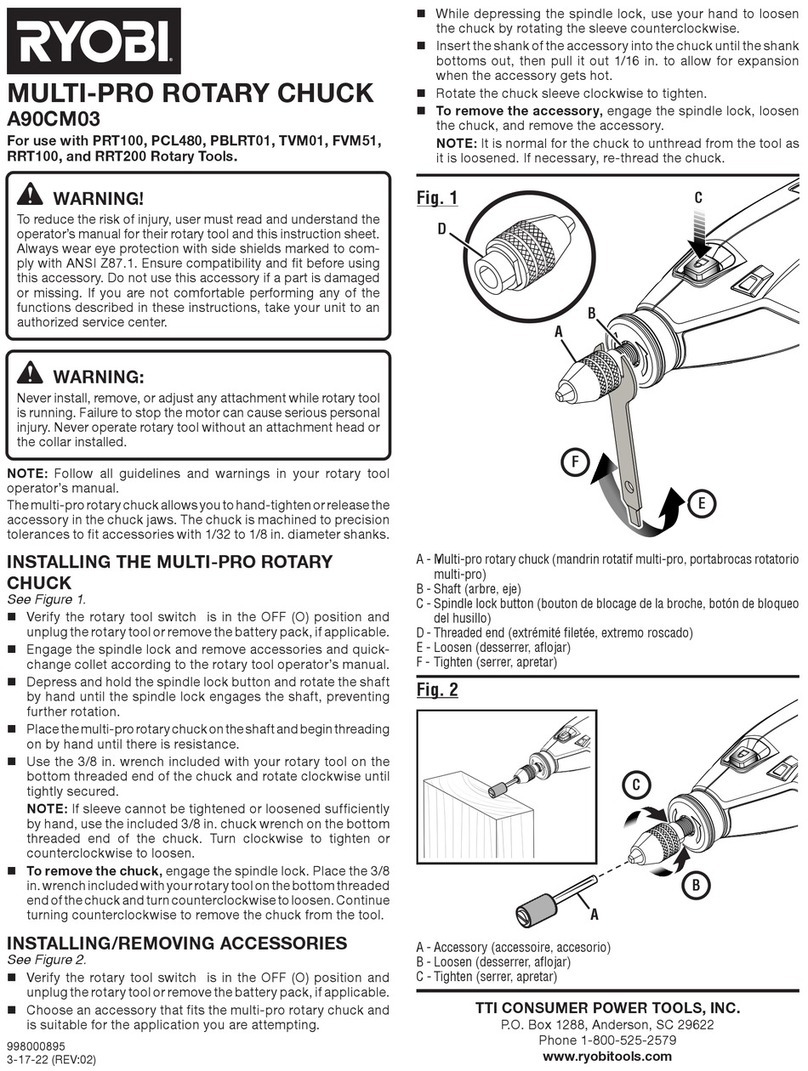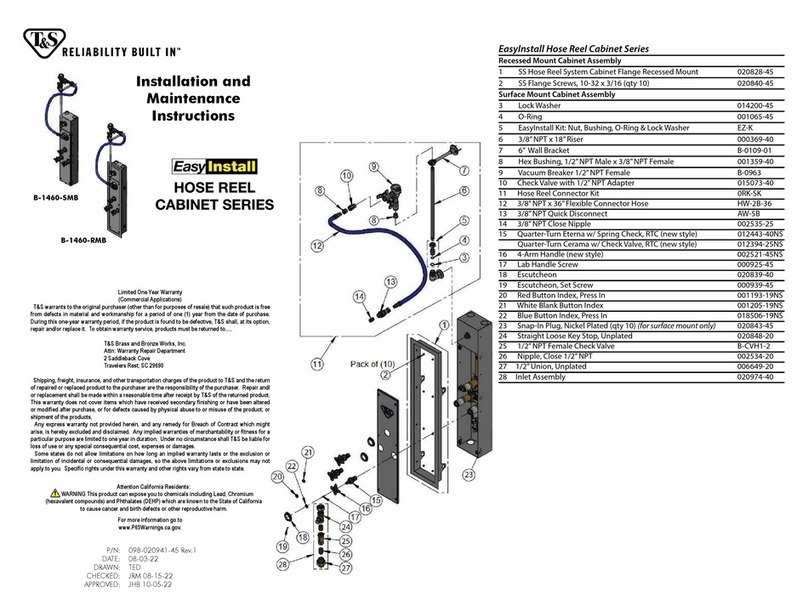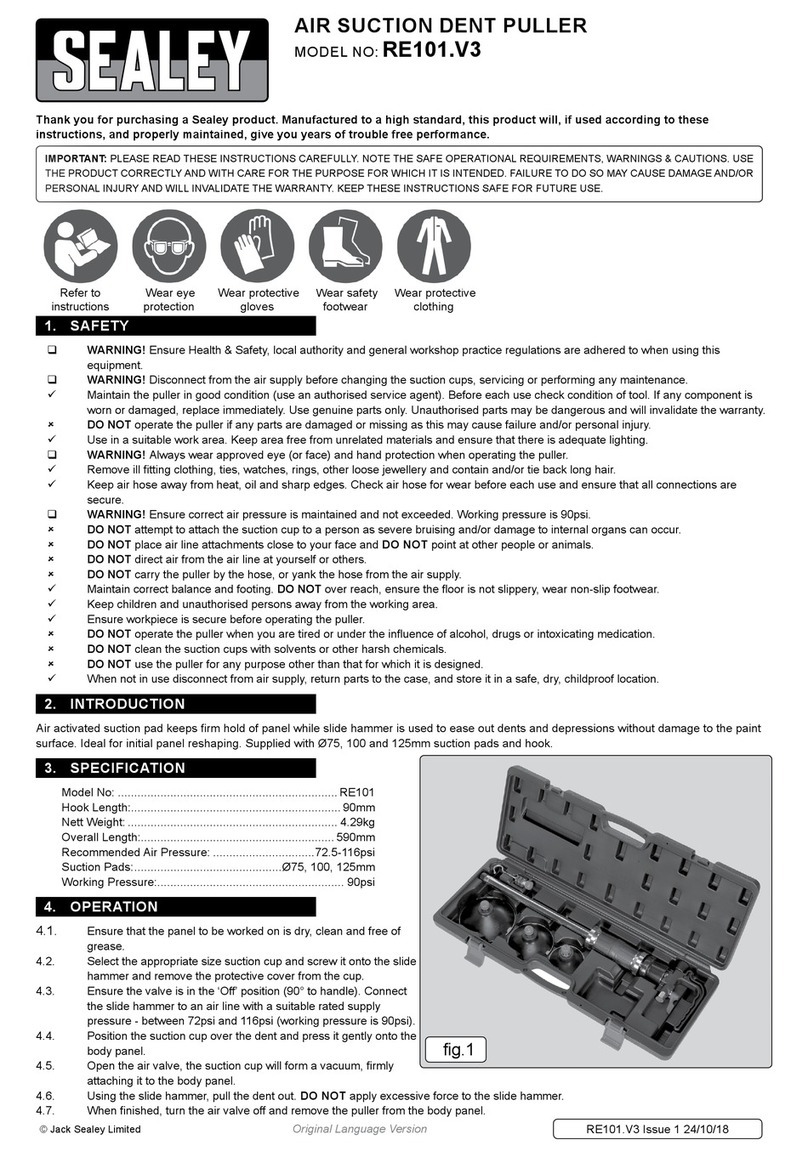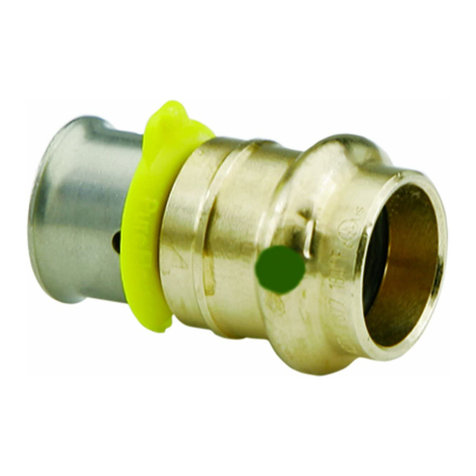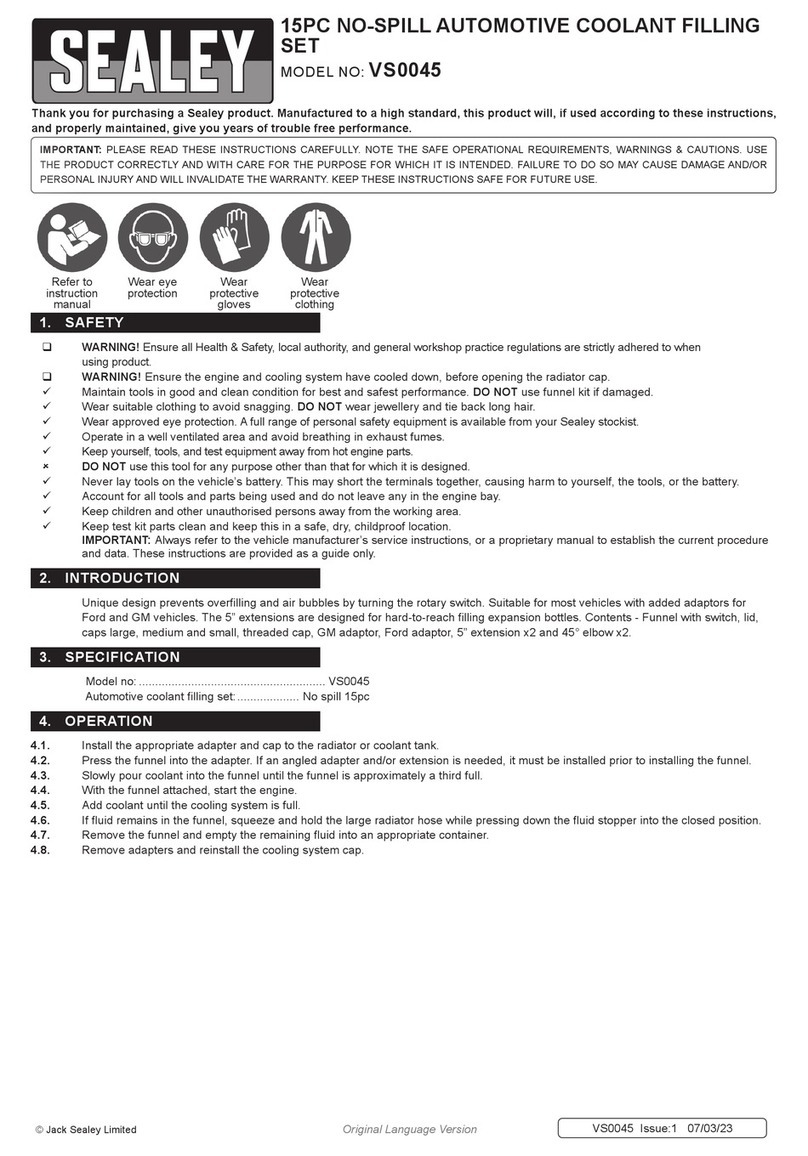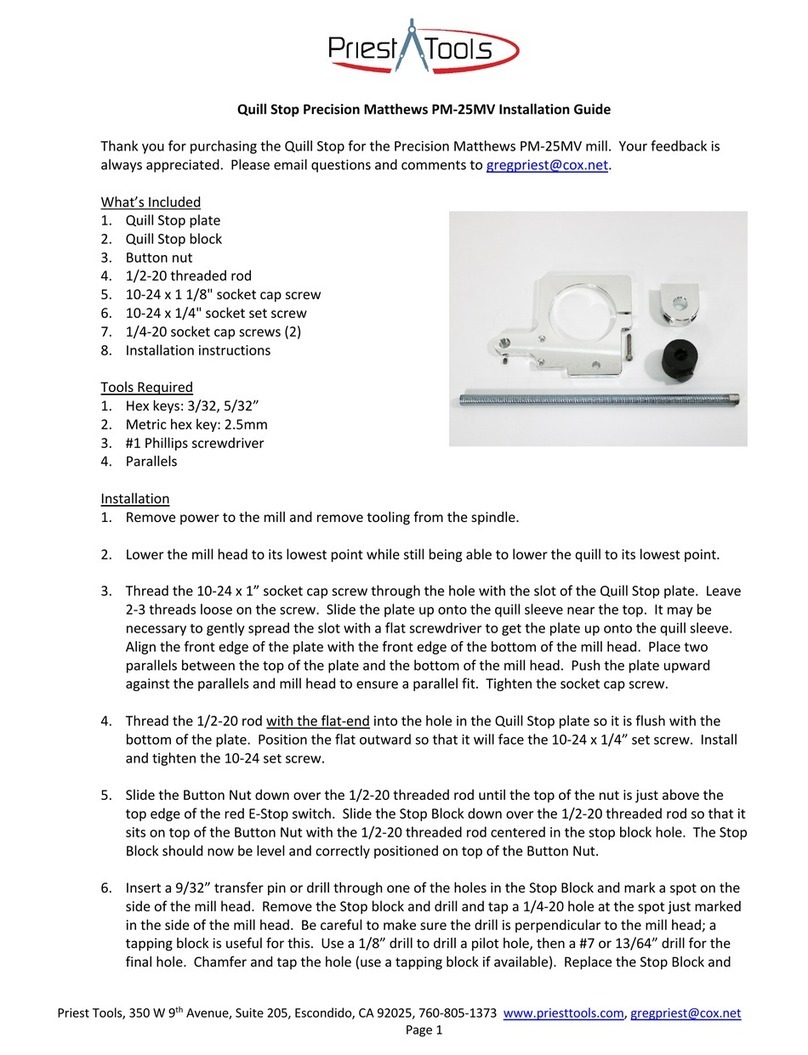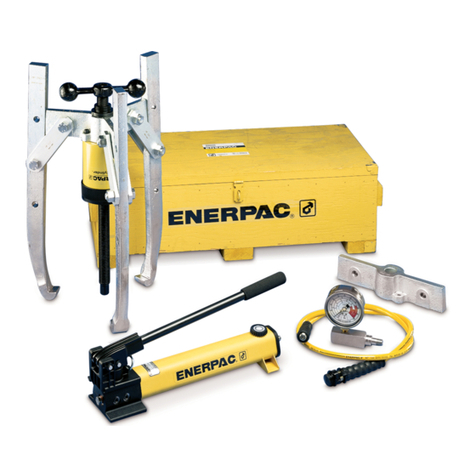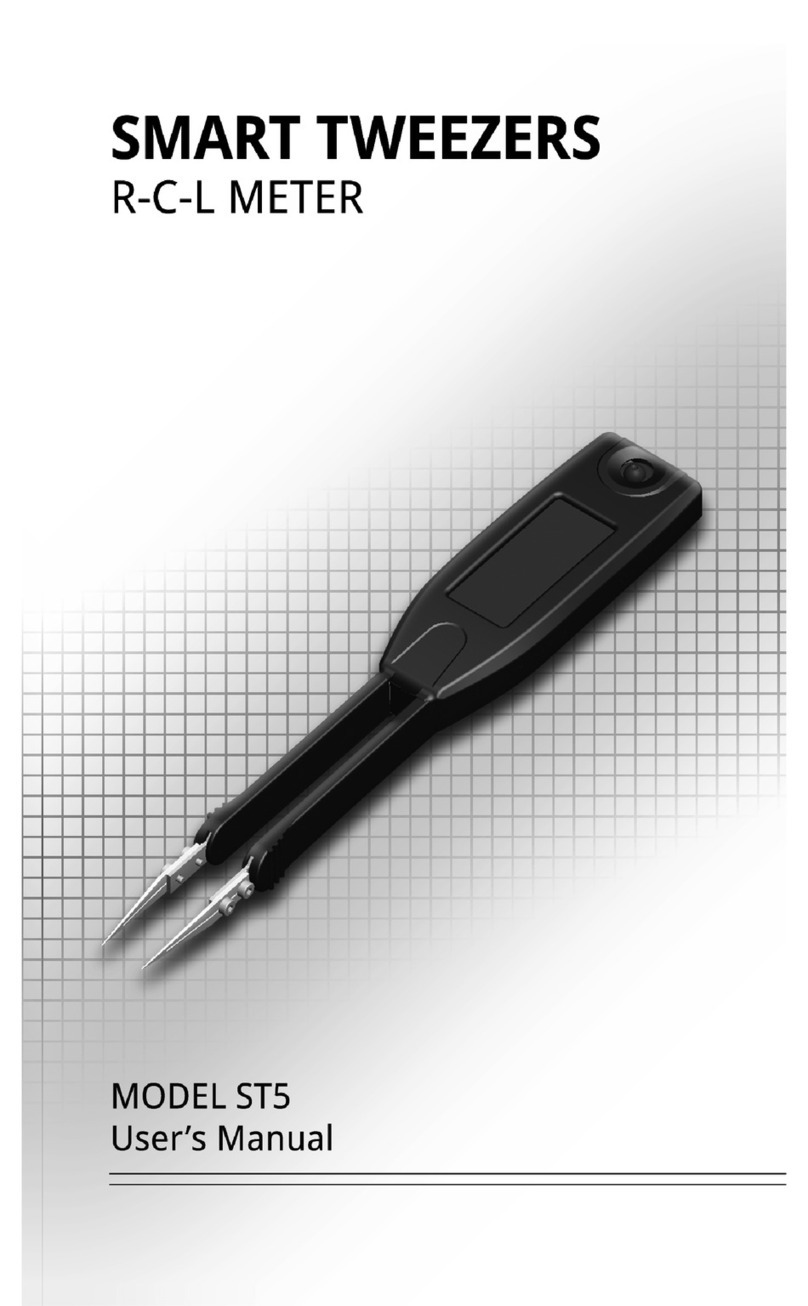RoMarin THE CAKER User manual

1
THE CAKER
Instructions for Use
Please read this document before using the product

2
WARNING: This device is meant to be used in a manufacturing environment
WARNING: This device could be an unintentional radio-frequency emitter
WARNING: Pinch Point
The spindle is in contact with the central axis through a rubber ring with considerable pressure.
When rotating, the space ahead of the rubber ring on the central axis is a pinch point that may
cause injuries. Here are recommendations to minimize this risk:
●Keep your fingers away from the pinch point when the mechanism is activated
●Disconnect the power supply when unused
●Keep out of reach of children
WARNING: Risk of entanglement
The spindle is rotating at a considerable speed, causing a risk of entanglement leading to injuries.
Here are recommendations to minimize this risk:
●If applicable, tie your hairs when using the device
●Avoid wearing loose clothing when using the device
●Disconnect the power supply when unused
●Keep out of reach of children
WARNING: Risk of electrical shock
Do not attempt repairing or modifying electrical components of this device. Failure to do so
would lead to a risk of electrical shock that may cause material damages, injuries or death.
Contact us if any servicing is needed.
Liability Waiver
The Caker is electrically supplied with a low power AC/DC converter approved by local regulatory
agencies. However, this product itself has not been tested against any specific standard. Please
be aware that you are using this product at your own risk. Hereby, Romarin disclaim liability for
any damages or injury caused by this product. Please make sure to read this Instruction for Use
prior to use this product.
For any question, comment or suggestion please write us an email at:

3
Content of the box
1. 1x The Caker
2. 1x Table Clamp with two 2.5mm hexagonal drive screws
3. 1x Steel spacer with two 2.5mm hexagonal drive screws
4. 1x DC wall adapter 12VDC/3A
5. 1x Wool guide
6. 1x 2mm Hexagonal L-Key
7. 1x 2.5mm Hexagonal L-Key
8. 1x 3mm Hexagonal L-Key (not in the picture below)
9. 2x spare green round belts (not in the picture below)
7
6
5
4
3
2
1

4
Assembly Guide
1. Install The Caker on a table or a desk
a. Install the spacer under the left flange of The Caker using the two hexagonal drive
screws and the 2.5mm hexagonal L-Key
b. Install the table clamp under the right flange of The Caker using the two hexagonal
drive screws and the 2.5mm hexagonal L-Key
c. Find an unobstructed surface on a table or a desk
d. Tighten The Caker on the surface using the Table Clamp
e. Alternatively, you can directly screw The Caker on that surface using screws
through the flanges
2. Install the Wool Guide
a. Locate the mount for the Wool Guide, behind The Caker
b. Using the 2mm hexagonal L-Key, retract the screw at the end of the mount until
the transverse hole is cleared
c. Insert the Wool Guide in the mount, in the transverse hole
d. Adjust the Wool Guide.
i. Height: As a starting point, adjust the Wool Guide so the black dot near its
lower end is flush with the bottom of the mount. The height of the Wool
Guide influences how flat are the top and bottom of the cakes. If it is too
high, the top will be a bit rounded, and conversely.
ii. Angle: Position the Wool Guide with a 45 degrees angle so the wool does
not pass straight in it. Having the wool touching the guide makes sure there
is a bit of tension in the thread, which helps preventing “yarn barfs”. See
the section below for more information about winding issues.
e. Using the 2mm hexagonal L-Key, tighten the screw at the end of the mount to
tighten the Wool Guide
3. Install DC wall adapter
a. Locate the Power Supply connector behind The Caker
b. Insert the barrel connector of the DC wall adapter into the Power Supply
connector of The Caker
c. Connect DC wall adapter into an electrical wall outlet

5
Operation
1. Bring the black knob to the Off position
2. Install the Hank on a Swift. Make sure it is properly installed so that the thread will not
get stuck during winding
3. Get the thread through the Wool Guide and jam it into the two slits at the top of the
spindle
4. Turn the black knob so that the rotation speed is 50%
5. Make sure the spool is stable, then progressively increase the speed to the desired value.
Higher the rotation speed, tighter will be the cake.
6. If the hank gets jammed in the Swift during the winding, the belt that is driving the
mechanism inside the device will slip and the rotation will stop, so you have some time
to bring back the black knob to the Off position before addressing the issue with the yarn.
Please note that the motor will not stop by itself.
Spare Green Round Belts
Within the enclosure of The Caker, the DC motor drives the winding mechanism through a green
round belt. This belt wears with use and might snap after a while, which is why two spare belts
are provided with The Caker.
We estimate the belt’s life span to be about a year for daily use and up to 5 years for less frequent
use. If needed, more spare belts will be available on our website for a modest price.
We are currently working on instructions to show how to replace the belt, which will be sent by
email as soon as possible. All you will need is a 3mm Hexagonal Key, which is provided with The
Caker, and a Philips screw driver, which is not provided but quite common.
Winding issues
Thread Tension issues
It is possible that the thread falls from the cake during winding, causing a “yarn barf”. This is not
caused by a mechanical issue of the caker, but rather by a thread tension issue: the tension of
the wool thread may be either too high or too inconsistent. It is expected that this happens from
time to time and it is not necessarily an issue. However, if the thread falls repeatedly from the
cake when winding the same hank, then a bit of experimentation will be required from you in
order to correct the situation. This section aims to help you do that.
The first thing to check is the rotation resistance of your swift. If it rotates with a significant
resistance once the hank is installed, there will be a high tension in the thread during winding.
This tension will pull the thread out of the cake and it will fall either on the top or bottom. You
can reduce the rotation resistance of your swift by avoiding tightening too much the hank or by
lubricating the rotation mechanism. If your swift is old and is hard to rotate, then the best
solution may be to replace it with a more recent one.

6
Next, please make sure to set the hank in the swift so to avoid large variations of tension during
winding. First, make sure the hank is not entangled. Then, orient the hank so that the lead thread
is on the top, not inside. Otherwise, the thread may get stuck between the hank and the swift,
causing a sudden increase of tension. It is hard to avoid that completely and it is expected that
there will be some variation of the tension during winding.
Those variations of tension are increasingly problematic when the swift has almost no rotation
resistance, as they will not be as damped. You can increase the resistance in the thread to a
healthy level by avoiding having the thread passing directly through the Wool Guide. You can
either rotate the Wool Guide by 45 degrees or move the swift so that the thread gets into the
Wool Guide with a right angle. This will ensure a minimal thread tension and make the winding
less sensitive to thread’s tension variations.
Finally, the tension of the thread is linked with the rotation speed of The Caker: faster is the
rotation speed, larger is the tension, larger are the tension variations and better are the odds
that the thread falls from the cake. Hence, if you have got a hank especially hard to wind, reducing
the rotation speed will help.
Table of contents

